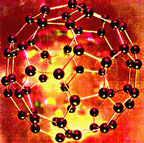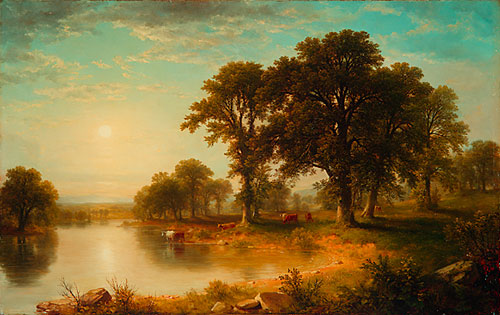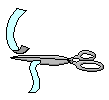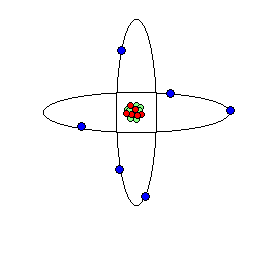Ancient Science
“Change was caused by roots mixing and coming apart under the influence of the two opposing forces of nature, love (attraction) and strife (repulsion)."
"The roots were seen as being elemental, that they were original and had always existed, as well as being invisible or atomic."
atomon is the Greek word for invisible.” [he is not precisely correct about that]
(Eberhart; p. 87.)
"Empedocles held that there were just four kinds of atoms: earth, air, fire and water."

Why Things Break: Understanding the World by the Way it Comes Apart, p 87-88.
Years ago |
events then: |
places |
|---|---|---|
2,455 |
Greece | |
2400 |
Greece | |
2300 |
Greece | |
330 |
Britain | |
100 |
Europe | |
20 |
Mid air |
"we take for granted conservation and change"
The ancient Greeks did not, could not.
-- technology is also the slow accumulating knowledge of materials and the causes and effects of breaking versus bending of atomic structures:
atoms' structure, or arrangement of atoms either slide or fracture according to the "packing" of atoms in the crystals of inorganic matter.
Glass, copper, aluminum and graphite are all made of atoms but fracture very differently .
p. 86
"the way a material fails limits its uses."
p. 23.
Fracture and deformation of material is one facet of technical knowledge.
"critical stress intensity factor" is a crucial concept in fine technology for the designer, if not necessarily for the users.
"used to find the length of a stable crack in any microstructure."
"The glass tube is stronger of the two (copper), as it can support a greater weight before breaking."
p. 52.
complex of complementary tools
material is a specific arrangement of particular atoms.
 
|
twin atoms in a void |

|
atoms in a crystal structure |
Because you cannot see atoms, our representations of atoms must convey their characteristics of electrical charge, the capacity to absorb and release radiation, and an ability to bond together.
Materials science emerged ever so slowly
Findings of Robert Hooke, in 1678, about the crystal structure of materials led to a slow revival of atomic theory once Lavoisier showed that water and air were not elements but compounded of even smaller substances called atomic elements.

![]()
 Water consists of hydrogen and two oxygen atoms,
Water consists of hydrogen and two oxygen atoms,
according to Lavoisier and Priestly.
Technology involves the comprehension of materials and safe operation of technological equipment requires a comprehensive understanding of materials science.
This comprehension begins with experimental knowledge and includes the proper design, monitoring and inspection of products to test in order to verify their safety under all sorts of adverse conditions to determine a performance standard.
A.
theories are useless without experiments:

B.
experiments without a comprehension of theories are useless:
C.
The findings of science when applied to experiences can improve technical performance.
hydraulic engineering allows this small part to steer a huge airplane.
[Click here or on the image to enlarge for details]
Analogies to the ideas expressed in Eberhart, Postman, and Pursell:
A. implements depend on the materials that are readily available
B. techniques are the means of investigation by which we decide how to use things.
C. the context or way things are arranged makes a difference in performance.
The need for exchange -- copper ore & tin ore places were separated by great distances.
A number of significant innovations took: time, observation, experience and eventually language to capitalize on the achievements of fire, stone working and metals.
Knowledge of materiality is fundamentally a sensory experience that has to trigger mental imagery if crucial information is to be passed on.
Siry addition to Eberhart,
Atom is A Greek compound word meaning Uncut; from "A", meaning not hence "un," and "tomos" meaning cutting, or to cut, sever, separate. So atoms were thought to be un-severable units.
See drawing. And atomic, atomistic.
ETYMOLOGY: 1477, as a hypothetical body, the building block of the universe,
from Latin atomus (especially in Lucrative), from Greek. atoms
"uncut," – atoms – from a -meaning- "not" + tomos "a cutting," from temnein "to cut."An ancient term of philosophical speculation (in Leucippus, Democritus), revived 1805 by British chemist Dalton.
Atomic is from 1678 as a philosophical term; scientific sense dates from 1811.
Atomize "reduce a liquid to a fine mist" is from 1865
Atomic energy first recorded 1906;
Atomic bomb first recorded 1914 in writings of H. G. Wells, who thought of it as a bomb "that would continue to explode indefinitely."
"When you can drop just one atomic bomb and wipe out Paris or Berlin, war will have become monstrous and impossible." [S. Strunsky, "Yale Review," January 1917]
Atom bomb is from 1945; Atomic Age is from 1945.
Atomize in the sense of "to destroy with atomic weapons" is from 1945.
Chapters
- Atoms, Marbles, and Fracture
- Ancient Art, Ancient Craft
- Ancient Science
- Embrittlement and other coincidences
- Shocking Simply Shocking
- Things that Don't Break
- When the Going Gets Tough
- Only the Tough Get to Go
- Why ask Why?
- Right Answers, Wrong Answers, and Useless Answers
- Inside Materials by Design
- Materials by Design Resurrection
- It's Broke We've Got to Fix It
Tools of Toil: what to read. Tools are historical building blocks of technology.
Authors:
Pursell | Pacey–World | Postman | Head | Tenner |Pacey–meaning| Eberhart | Snow | Kaku | Boulding | Delillo | Kranzberg
| Postman–Tech | Postman–Television |
This page was created, by J. Siry.
![]()


.gif)









